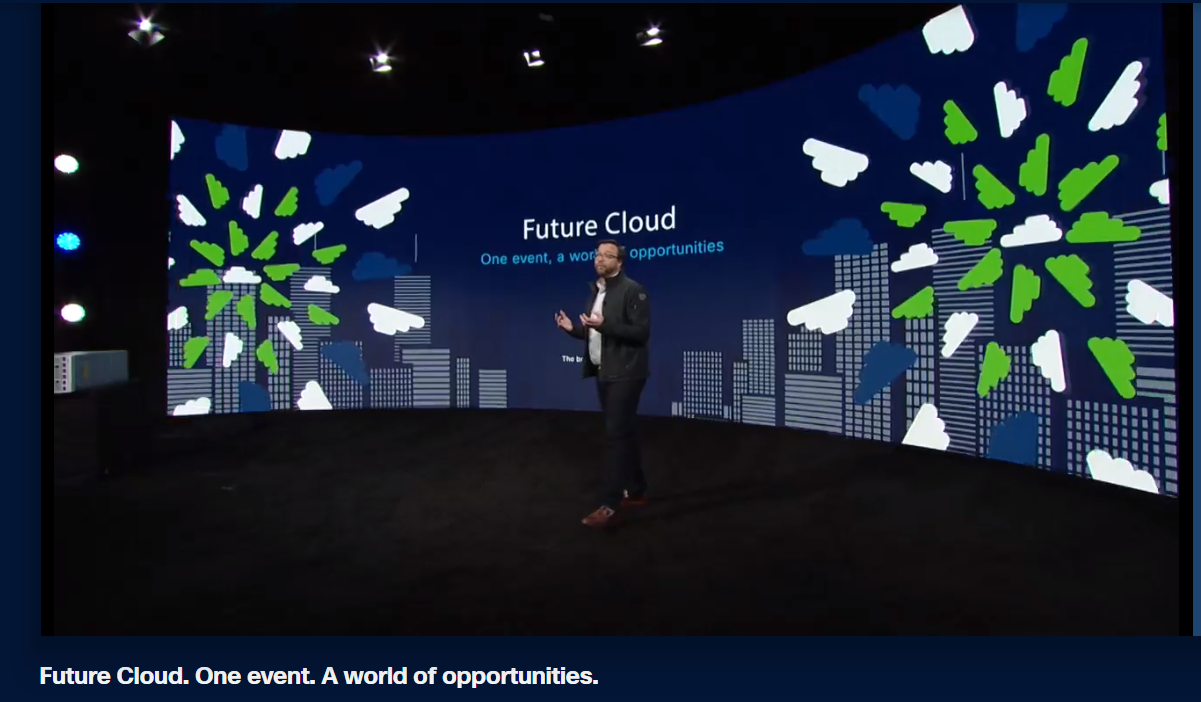In early 2021, the Enterprise Strategy Group and the Information Systems Security Association (ISSA) conducted the fifth annual research project focused on the lives and experiences of cybersecurity professionals. This year’s report is based on data from a global survey of 489 cybersecurity professionals.
The cybersecurity skills gap discussion has been going on for over 10 years, and the data gathered for this project confirms that there has been no significant progress toward a solution to this problem during the five years it has been closely researched. The skills crisis has impacted over half (57%) of organizations. The top ramifications of the skills shortage include an increasing workload (62%), unfilled open job requisitions (38%), and high burnout among staff (38%). Further, 95% of respondents state the cybersecurity skills shortage and its associated impacts have not improved over the past few years while 44% say it has only gotten worse.

 Organizations today are digitally transforming their IT environments to become more agile and responsive to market and customer demands. While this typically includes people, process, and technology, the technology piece underpins many of the new processes and ensures your employees can collaborate and be productive.
Organizations today are digitally transforming their IT environments to become more agile and responsive to market and customer demands. While this typically includes people, process, and technology, the technology piece underpins many of the new processes and ensures your employees can collaborate and be productive. You may not have heard of Observe. It’s a relatively new company, launched in October 2020. Observe has been out selling, gaining customers, and growing market share. Though it’s been less than a year, Observe’s customer base already includes more than 20 tech/SaaS companies, including Topgolf.
You may not have heard of Observe. It’s a relatively new company, launched in October 2020. Observe has been out selling, gaining customers, and growing market share. Though it’s been less than a year, Observe’s customer base already includes more than 20 tech/SaaS companies, including Topgolf.  Wi-Fi 6E
Wi-Fi 6E Cisco held its Future Cloud event today to launch a suite of solutions to enable hybrid cloud environments. This was an important launch for Cisco, as it marks a departure from individual product announcements and delivers a more comprehensive solution that leverages the breadth and depth of the Cisco portfolio to connect, secure, and automate cloud migrations.
Cisco held its Future Cloud event today to launch a suite of solutions to enable hybrid cloud environments. This was an important launch for Cisco, as it marks a departure from individual product announcements and delivers a more comprehensive solution that leverages the breadth and depth of the Cisco portfolio to connect, secure, and automate cloud migrations. Last week, Extreme Networks held its annual customer event, Connect, virtually from Boston’s historic Fenway Park. The highlights from the event include new product introductions, a collection of customer and partner relationships, a celebration of 25 years in business, and insights into Extreme Networks’ vision moving forward.
Last week, Extreme Networks held its annual customer event, Connect, virtually from Boston’s historic Fenway Park. The highlights from the event include new product introductions, a collection of customer and partner relationships, a celebration of 25 years in business, and insights into Extreme Networks’ vision moving forward. I’ve been blogging about what the “big 3” topics at this year’s (virtual) RSA conference should be. I started with a blog about
I’ve been blogging about what the “big 3” topics at this year’s (virtual) RSA conference should be. I started with a blog about